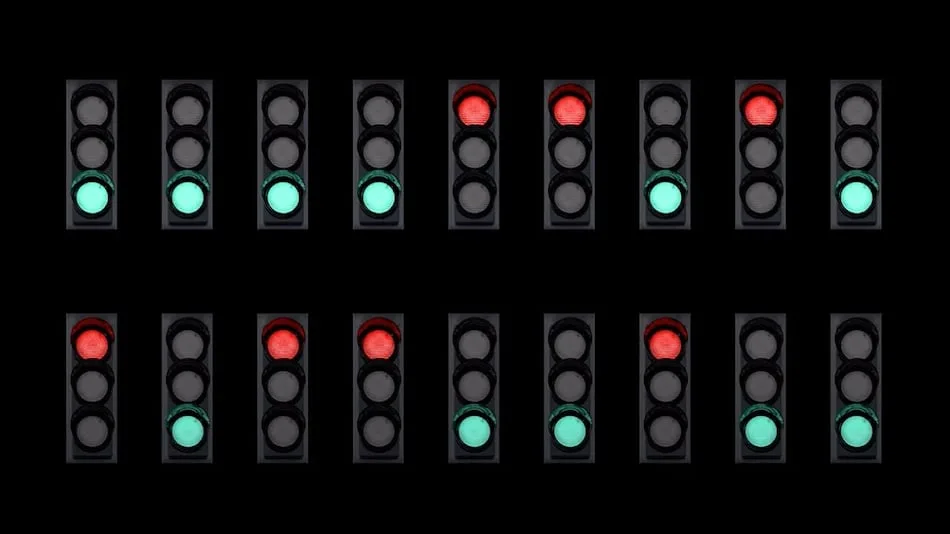Table of Contents
Google’s Project Green Light Leverages AI to Tackle Traffic Congestion and Reduce Emissions
Google says Project Green Light is available in over 12 cities around the world, including Bengaluru, Boston, Rio de Janeiro, and Seattle.

Photo Credit: Google Research
Google Research first rolled out the pilot of Project Green Light in 2021
Highlights
- Project Green Light runs on an AI model created using Google Maps' data
- It is said to help reduce traffic congestion and emissionsq
- Google's initiative is currently live in 12 cities globally
Google Research is running a project that aims to mitigate the time one spends at the traffic light, especially at city intersections. The initiative, dubbed ‘Project Green Light’, is said to harness traffic engineering, coupled with artificial intelligence (AI), to improve the flow of traffic, tackle congestion and reduce fuel consumption – efforts aimed at expediting climate mitigation. Backed by information provided by Google Maps, the project is currently running in several cities globally.
What is Google's Project Green Light?
In a blog post, Google revealed that Project Green Light has been developed by its team at Google Research as a sustainability initiative. It is built to tackle road transportation, which is said to be a major contributor to global greenhouse emissions, especially in stop-and-go traffic. The project is backed by a dedicated AI model created by the company’s researchers based on the driving trends provided by Google Maps.
The team working on the project claimed that while avoiding stop-and-go traffic isn't completely viable, cities have the option of reducing it in two ways: installing expensive hardware or enabling manual vehicle counts. However, none of them are capable of providing complete information on certain parameters, as per Google.
This is where Project Green Light comes in. It is claimed to help city traffic engineers improve traffic flow by modelling traffic patterns and then providing recommendations via a comprehensive dashboard. It is said to identify possible improvements, like shaving several seconds off a stop light during hours when traffic is minimal or coordinating between unsynced intersections. While several ideas were explored, this initiative was chosen due to its “simplicity, scalability and potential for impact.”
Google claims this project can reduce stop-and-go traffic by up to 30 percent, while also reducing emissions at intersections by up to 10 percent.
How It Works
Project Green Light works by inferring traffic light parameters including cycle length, transition time, green split, and sensor operation, according to Google. A model is then created to understand the traffic patterns, such as average wait times, stop-and-go times and how the light changes throughout the day.
After analysing these parameters, the AI model then identifies possible improvements and adjustments that can be made. The actionable recommendations are passed on to the city officials after which traffic engineers can review them. Google Research says its suggestions can be implemented using existing infrastructure in as little as 5 minutes.
Actionable Insights Provided Via Project Green Light Dashboard
Photo Credit: Google Research
The team then monitors the time drivers have saved at stop lights. It calculates the impact on climate courtesy of these changes using industry standards models and shares the report with the partnering city.
- Apple Trained Two AI Models Using Google’s Chips, Research Paper Shows
- Gemini Might Soon Let You Edit Your AI-Generated Images on Android
- Google Maps Now Tells You Which Flyover to Take, Where to Charge Your EV
Google says Project Green Light is available in over 12 cities around the world, including Bengaluru, Boston, Rio de Janeiro, and Seattle. It is claimed to be reducing fuel consumption and emissions for up to 30 million car rides per month.

